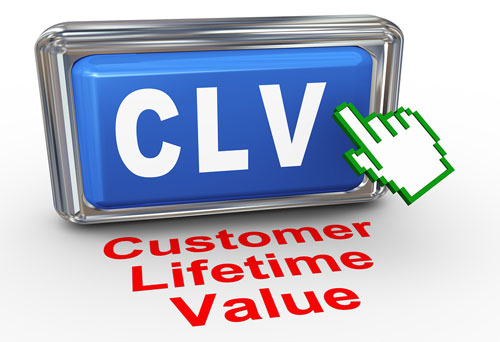One of the most serious and costly mistakes companies make is failing to recognize the difference between the value of a customer today and the long-term value of that customer.

Many organizations, when faced with a difficult customer situation may succumb to the tendency to “just let this one go,” allowing the customer to leave rather than make an exception to a rigid policy to accommodate the particular situation.
But this kind of short-sighted approach can have long-term implications on the sustainable viability of the company. For example, a single bad experience with an airline, compounded by their unwillingness to correct the situation, could very easily convince me to avoid travelling with that airline in the future.
Of course, this would be a bad move on the airline’s part, since I am a frequent flyer. A very frequent flyer. At the time of this writing, I am about 15,000 miles shy of two million total miles in the American Airlines’ Advantage program.
Do the math with me based on the following very conservative assumptions:
- My average ticket costs $500
- I fly twice a month
- I work ten months out of the year
- I will travel at this level for 20 years
This makes my lifetime value to an airline $500 x 2 x 10 x 20, or $200,000! And, as I said, this is a very conservative estimate. Over a twenty-year period, I’ll almost certainly spend at least twice that amount, and probably more.
The point is that when you are determining the value of the customer – whether in a difficult situation or simply for planning purposes – you must look not only at the value of the current transaction, but also at the long-term cumulative value of that relationship.
Keep this in mind as you look at your customer service policies, or in the future you might find your business grounded!
About the Author
Ron Kaufman is an internationally acclaimed educator for quality service. He is author of the bestselling series “UP Your Service!” and founder of “UP Your Service College”.




